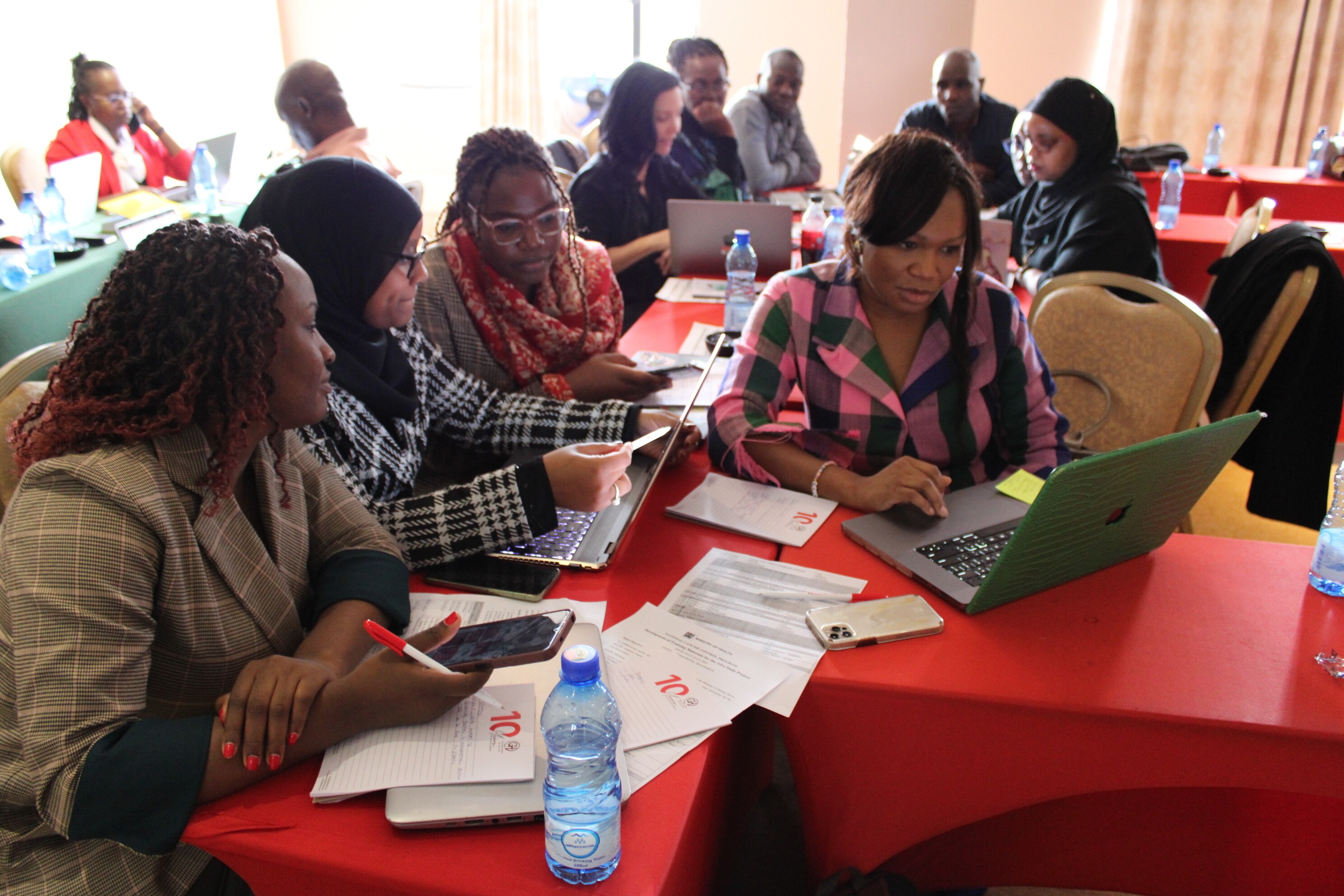Will AI make the gender gap in the workplace harder to close?

Only 22% of the world's AI professionals are women. Image: REUTERS/Elijah Nouvelage
Each year, the World Economic Forum’s Global Gender Gap Report examines the state of gender parity in the world of work. This year, the report found that while the global gender gap has narrowed slightly, fewer women are participating in the workforce. The Forum suggests that the rise of new technologies across a range of industries may, in fact, play a role in exacerbating these persistent gender gaps.
As rapid technological change reshapes the global economy, LinkedIn is partnering with the World Economic Forum to identify how these shifts present new opportunities and challenges for women in the workforce. For this year’s report, we analyzed the state of the gender gap in the fast-growing field of artificial intelligence, which is considered to be one of the main drivers of change in labor market transformations.
As demand for AI skills expands across a growing number of industries, there is risk that it could perpetuate – and even widen – the sort of gender and equity gaps that often impact the technology sector. Some analysts contend that artificial intelligence itself could magnify inequality across a range of contexts, as algorithms often reflect the implicit biases of their creators.
LinkedIn’s analysis found a significant gap between female and male representation among AI professionals – only 22% of AI professionals globally are female. Our research shows no signs that this gap is closing: over the past four years, men and women have been adding AI skills to their profiles at a similar rate. This means that while women aren’t falling further behind, they also aren’t catching up. If the current trend continues, male AI professionals will continue to outnumber women, even as both genders continue to gain AI skills.

Our research found that patterns in the AI gender gap are similar to those in the overall workforce: female AI professionals are more likely to work in “traditionally female” industries – those which already have a relatively high share of female workers, such as the nonprofit, healthcare and education sectors.
In general, women with AI skills are more likely to work in the use and application of AI, with common positions including data analytics, research and teaching. Men are more likely to work in the development of the technology itself, which is reflected in the skills they report, such as deep learning and neural networks.
In short, women are “growing but not gaining” when it comes to AI skills. Which means that while men and women are gaining AI skills at similar rates, gender imbalance in the field is likely to persist. The far-reaching impact of artificial intelligence suggests that there are both equity and ethical imperatives to addressing the shortage of women in developing AI and other emerging technologies.
To break the cycle of gender imbalance, it is critical to ensure that women at all stages of their careers are being inspired to actively take part in the development and use of new technologies. As outlined above, our research suggests that this is currently not the case in AI, and we see similar trends in other new technologies such as blockchain – as new skills emerge, the old biases persist.
Achieving higher levels of female participation in key fields like AI requires a nuanced understanding of the ways that gender gaps manifest across different industries, occupations and skills. Research and data can illuminate the persistent challenges faced by women in the workforce – in order to inform decision-making that can help stakeholders address those challenges more effectively and more holistically.
Don't miss any update on this topic
Create a free account and access your personalized content collection with our latest publications and analyses.
License and Republishing
World Economic Forum articles may be republished in accordance with the Creative Commons Attribution-NonCommercial-NoDerivatives 4.0 International Public License, and in accordance with our Terms of Use.
The views expressed in this article are those of the author alone and not the World Economic Forum.
Stay up to date:
Gender Inequality
Forum Stories newsletter
Bringing you weekly curated insights and analysis on the global issues that matter.
More on Equity, Diversity and InclusionSee all
Marielle Anzelone and Georgia Silvera Seamans
October 31, 2025






